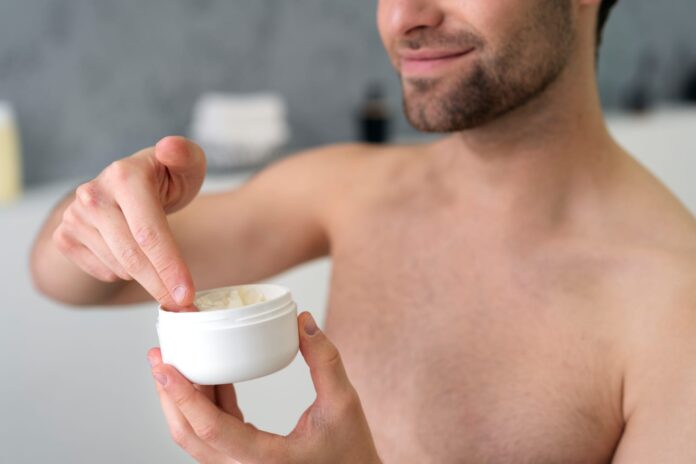Hair wax is a go-to product for anyone who loves styling their hair with a natural yet polished finish. It offers flexibility, definition, and control—without the stiffness that gels or sprays often leave behind. But one of the most common mistakes people make is using too much (or too little) of it. Applying the right amount is key to achieving your desired look without weighing your hair down or making it appear greasy. So, how much hair wax do you really need? Let’s break it down.
Why the Right Amount Matters
Using the right quantity of wax is essential for getting the perfect hold and finish. Too little may not provide enough structure, while too much can make your hair sticky and flat. The goal is to enhance your hairstyle—not overload it. Unlike some other hair styling products, waxes are concentrated, so a little goes a long way. Understanding how much to use based on your hair type and style can save you time, effort, and even product.
Understanding Hair Waxes
Before you can decide how much to use, it helps to understand what hair waxes are. These are versatile styling products made with natural or synthetic waxes, providing medium to strong hold with a matte or slightly glossy finish. Hair wax is ideal for creating textured, tousled, or defined styles that can be reworked throughout the day. It’s suitable for both short and medium-length hair, offering control without making the hair hard or crunchy.
The thickness and formulation of hair waxes vary—some are soft and creamy, while others are firm and dense. The consistency directly affects how much product you’ll need.
How Much Hair Wax to Use by Hair Type
Short Hair
For cropped styles or fades, start with a pea-sized amount. Rub it between your palms to warm it up before evenly distributing it through your hair. Short hair requires very little product for definition, so avoid adding more unless absolutely necessary.
Medium Hair
If your hair reaches your ears or neck, use about two pea-sized portions. Work the wax into the ends first and gradually move towards the roots. This ensures even coverage and prevents build-up near the scalp.
Long Hair
Longer hair requires careful handling. Begin with a small coin-sized amount and focus on mid-lengths and ends. Applying too much can weigh your hair down, making it appear limp. Add a little extra only if your style needs more hold.
Styling Tips for the Perfect Finish
To make the most out of hair waxes, always apply them on slightly damp or dry hair. Distribute the wax evenly by rubbing it between your hands until it becomes translucent. This activates the product, ensuring a smooth application. Start with less—you can always add more later if needed.
For a casual, tousled look, apply wax with your fingertips and scrunch the ends. For a sleek or structured style, comb the wax through for a refined finish. Remember, even the best hair styling products perform better when used sparingly and correctly.
Common Mistakes to Avoid
- Applying on wet hair: Wax doesn’t blend well with water; it’s best used on dry or slightly damp hair.
- Skipping the warming step: Not rubbing it between your palms first can cause clumping and uneven texture.
- Overloading product: More wax doesn’t mean better hold. It often results in greasy or stiff hair.
- Ignoring hair type: Thicker hair may need more product, while fine hair requires less to avoid flatness.
Final Thoughts
When it comes to using hair wax, moderation is everything. Start small, build gradually, and adjust according to your hair type and desired finish. A quality wax will help you style with precision, control, and flexibility—all without residue or heaviness.
Whether you’re experimenting with textured layers or a clean, slicked-back look, mastering the right amount of wax ensures your hairstyle lasts longer and looks effortlessly put-together. Remember, the secret to great styling isn’t just in choosing the best hair styling products, but also in knowing exactly how much to use.
